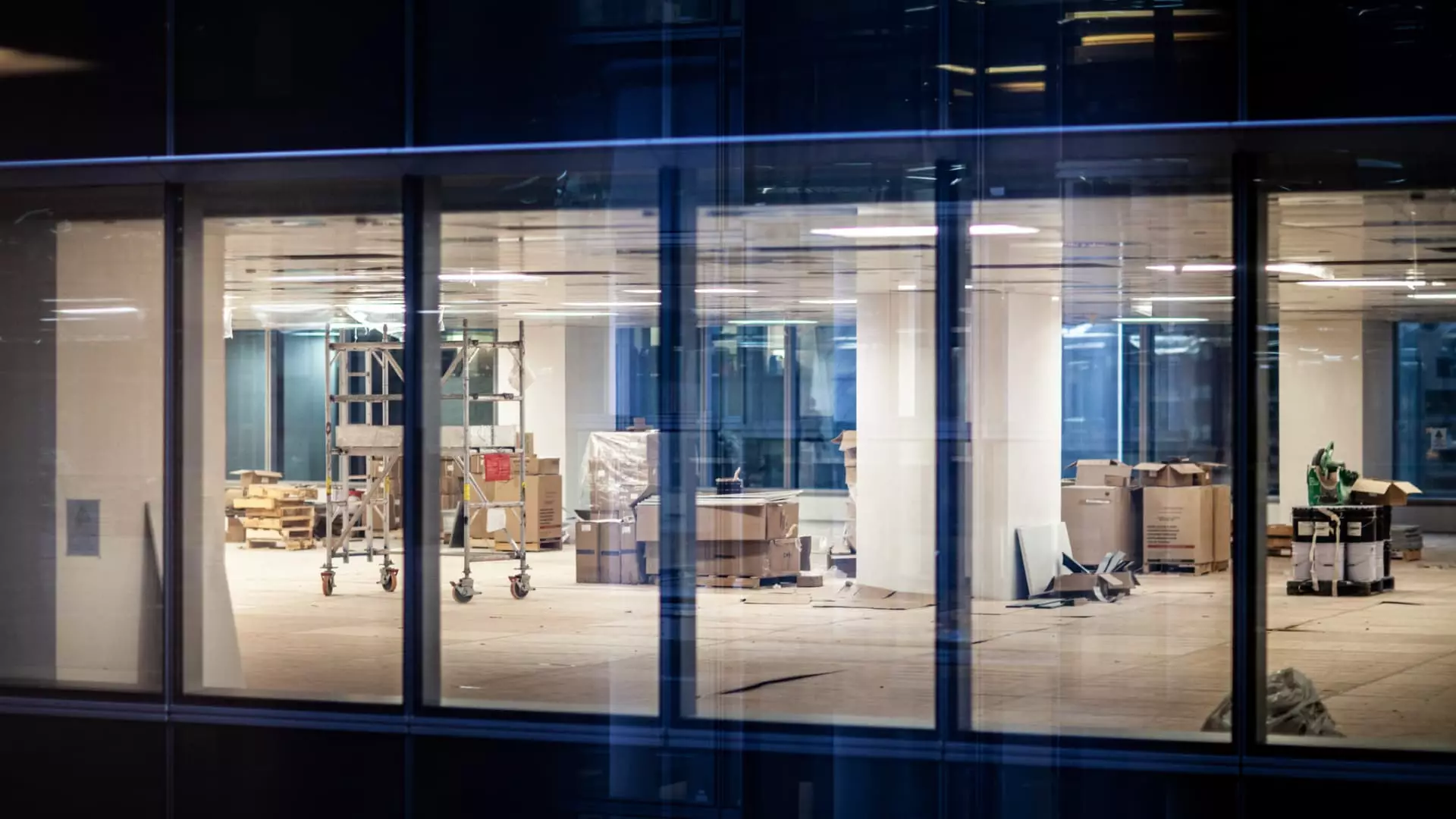For years, the commercial real estate sector has oscillated between hope and despair, yet recent developments suggest that the upward trajectory was nothing more than a fragile illusion. While the market showed signs of moderate recovery earlier in 2023, a more critical eye reveals that beneath the surface, the industry is grappling with fundamental, structural challenges. The sharp decline in demand for office space in April exposes a harsh reality: the supposed rebound was, at best, a temporary blip.
Despite the ostensible optimism, the truth is that the market’s recent uptick was backed by false confidence, driven perhaps more by speculation than genuine economic strength. As noted in recent analytics, tenant interest—measured by tours and searches—dipped sharply once again. A 23% decrease in new tenant inquiries and a 26% reduction in sought-after square footage isn’t just a minor slowdown; it points to an entrenching hesitancy that seems to signal a long-term paradigm shift. This is not merely a cyclical downturn but perhaps a harbinger of a structural transition in how commercial space is valued and utilized.
Tariffs as the Hidden Catalyst of Market Anxiety
What most investors and analysts overlook—or choose to ignore—is the profound influence of tariffs and trade policies on the real estate sector. Historically, tariffs have been a tool of economic leverage, but their effects ripple beyond the intended scope, sowing seeds of hesitation even where confidence seemed to be rebounding. The recent reintroduction of increased tariffs by the Trump administration, amid warnings of future escalations, creates a climate of uncertainty that discourages both domestic and international investment.
Max Saia’s observations highlight an essential truth: tariffs are a double-edged sword. While markets initially attempt to grapple with the impact post-legislation, the immediate fallout manifests in capricious declines—an uncomfortable reality that the investment community cannot afford to ignore. When the cost of capital becomes more unpredictable, institutional investors, private equity firms, and individual firms alike retreat. This gradual withdrawal explains why more office space will be removed than constructed in the coming year—a stark sign of shrinking confidence.
The Geopolitical and Domestic Entanglements Amplify Uncertainty
Adding to the economic malaise are escalating geopolitical tensions—the Iran-Israel conflict and an unpredictable U.S. political climate—further complicating an already fragile outlook. The conflict, combined with domestic political debates over economic policy, creates a perfect storm of uncertainty, hampering the long-term planning necessary for commercial real estate development and leasing.
At home, the continuation of tariff disputes and the inconsistency in policy directions undermine the fiscal stability that once fueled growth in this sector. Investors, no matter how optimistic they might have been in previous years, are now wary about the future. The post-pandemic recovery, which seemed promising, is effectively stymied by these external shocks, rendering the office market a shaky terrain prone to sudden collapses and hesitant moves.
Center-Left Liberalism’s Role in Navigating the Crisis
From a centrist liberal perspective, the current crisis exposes broader systemic issues, especially the disconnect between short-term economic policy and sustainable growth. The reliance on protectionist measures—tariffs—while politically expedient, proves to be misguided economically. It reveals a failure to address deeper infrastructural and technological shifts—namely the evolution of remote work—that threaten to permanently alter the demand for traditional office spaces.
A pragmatic, balanced approach is needed—one that recognizes the importance of free trade, yet ensures robust regulations and investment in innovation, education, and infrastructure. Policymakers should steer away from protectionist impulses that stoke economic uncertainty and instead focus on creating a resilient foundation capable of adapting to significant geopolitical and technological shifts. Only with such measures can the long-term health of the real estate sector—and the broader economy—be safeguarded.
The current turbulent state of office real estate isn’t just a sector-specific crisis. It reflects a systemic misjudgment, one that underscores the necessity for a nuanced, balanced approach to economic policy—one that recognizes the interconnectedness of global trade, domestic stability, and technological transformation. If ignored, the fallout could reshape the American economic landscape in ways far more disruptive than a mere contraction in office leasing.

